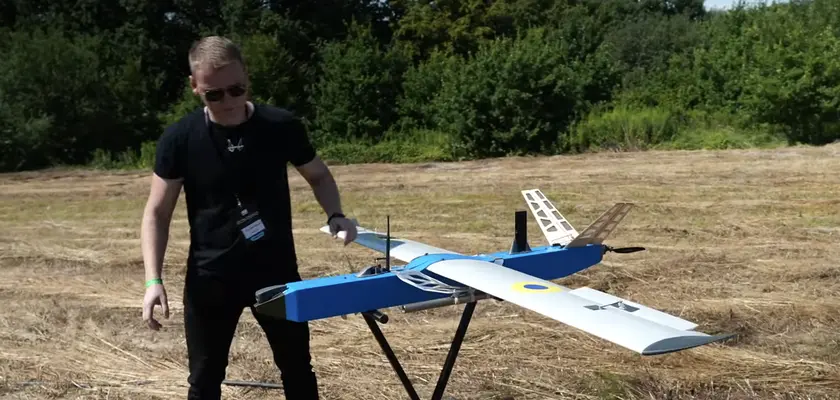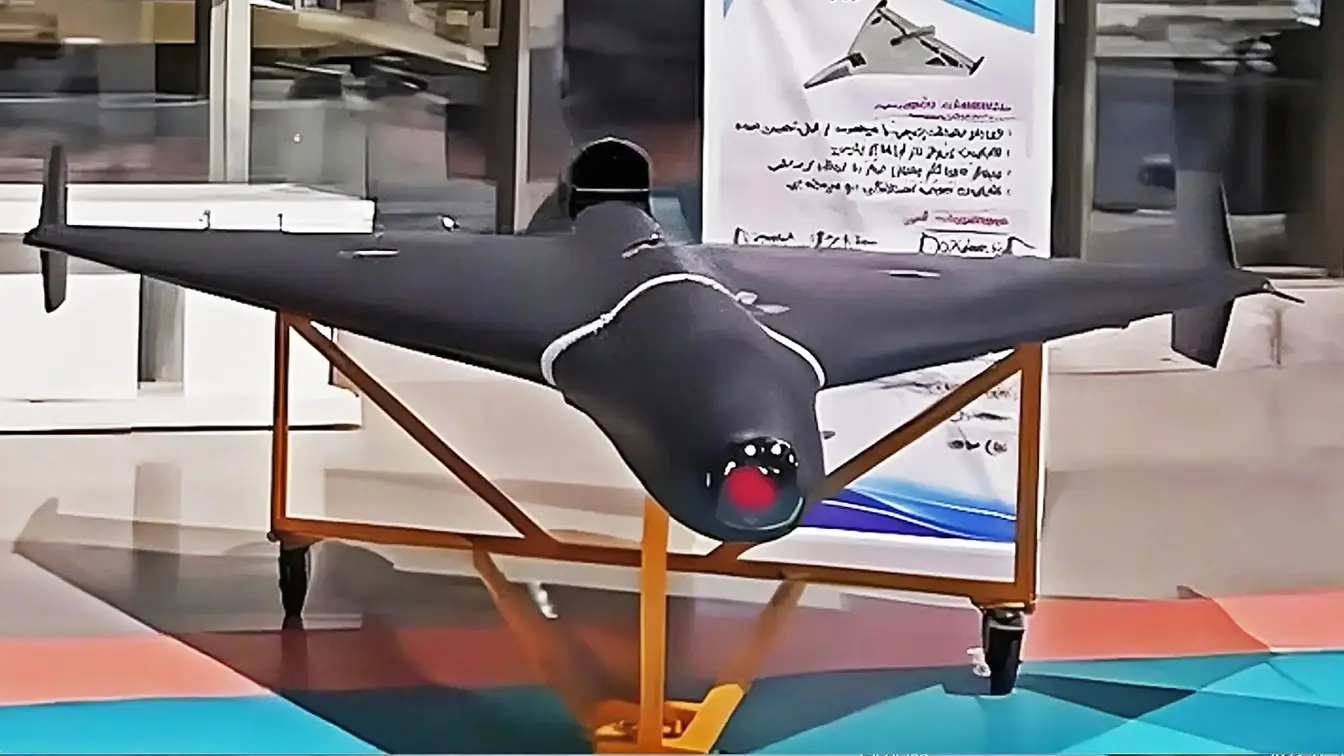T4K3.news
Defense tech advances
Ukraine unveils shotgun armed interceptors to counter Russian drone swarms.

Ukrainian defense firms unveil shotgun armed interceptor drones to counter heavy Russian drone swarms.
More Shotgun Interceptor Drones Take Aim at Russian Swarms in Ukraine
Besomar unveiled its latest interceptor at Iron Demo 2025 in Lviv, a fixed wing drone fitted with two 12-gauge shotgun barrels under its wings and capable of carrying four. The system uses a nose sensor to trigger shots when the target is in sight, aiming to reduce operator workload and reaction time. The drone is designed to be reusable and mass producible.
Ukrainian makers are testing various interceptors as Russian drone raids continue, at times exceeding 700 drones in a single night. Some models rely on ramming, while shotgun payloads offer a potentially cheaper option. Besomar emphasizes onboard computing and frequency hopping to resist electronic jamming and improve approach against evasive drones.
Key Takeaways
"Two shots can be fired from an airplane, and we can increase the number of shots to four on board"
Besomar representative describing the payload
"The key advantage lies in onboard computing power that reduces reaction time"
Besomar representative on system capability
"This is a clear sign of how war tech evolves under pressure"
Analyst assessing implications
The move signals a broader shift in air defense where cost and reuse matter as much as reach. Shotgun interceptors blur the line between weapon and defensive tech, pushing toward more autonomous decision making and rapid reuse. Yet the approach raises questions about collateral damage, rules of engagement, and how quickly such technology can be scaled for widespread use.
As drone swarms evolve, Ukraine and its allies will test whether faster, autonomous countermeasures can keep pace with the tempo of attacks. The real test is not just technology but policy, training, and the public’s tolerance for a more aggressive defensive posture.
Highlights
- Shotguns on wings change the playbook for drones
- Autonomy speeds reactions when the target moves
- If it works at scale this could redefine frontline drone battles
- Every new weapon stirs a political ripple beyond the battlefield
Potential political and strategic risks
The use of shotgun armed interceptors raises questions about escalation, collateral damage, and legal frameworks. Rapid deployment and international attention could provoke political backlash and budget battles.
The next test is whether such systems can be scaled safely and deployed reliably.
Enjoyed this? Let your friends know!
Related News

DoD grants $200 million contracts to top AI firms

Trump demands Intel CEO resign over conflicts

xAI secures $200 million military contract in wake of chatbot issues

Tech Industry Changes Work Culture

AI Drones from Ex-Google CEO Contribute to Ukraine's Defense

Palantir surpasses $1 billion in quarterly revenue

New Russian Shahed drone poses serious threat to Ukraine

Elon Musk's xAI signs significant Pentagon contract
